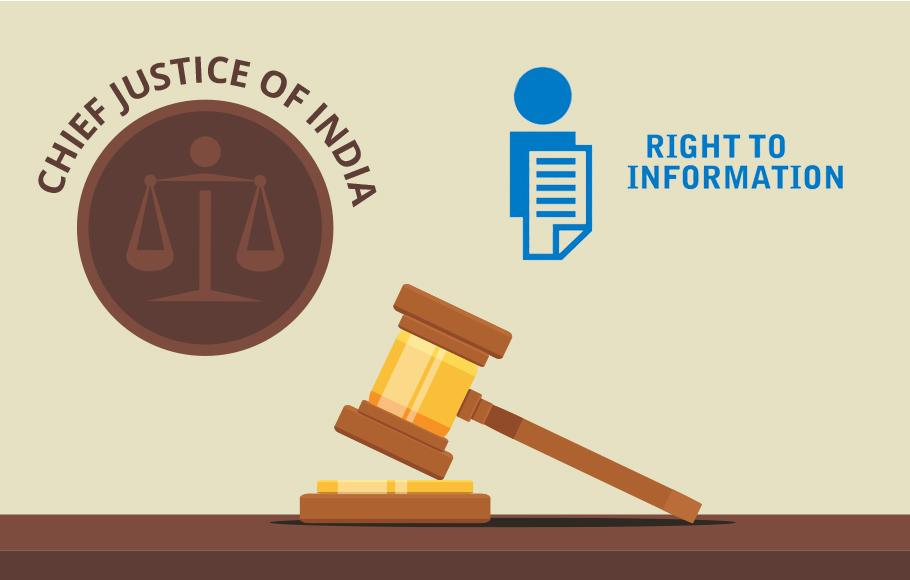
CJI's office to come under ambit of RTI, says Supreme Court
The office of the Chief Justice of India is a public authority and is under the ambit of Right to Information Act, ruled the Supreme Court on Wednesday (November 13). A five-judge Constitution Bench of the Supreme Court had earlier reserved its verdict on the case.

The office of the Chief Justice of India is a public authority and is under the ambit of Right to Information (RTI) Act, ruled the Supreme Court on Wednesday (November 13).
A five-judge Constitution bench led by Chief Justice Ranjan Gogoi upheld the 2010 Delhi High Court verdict and dismissed three appeals filed by Secretary General of the Supreme Court and the Central Public Information officer of the apex court.
The bench, also comprising Justices N V Ramana, D Y Chandrachud, Deepak Gupta and Sanjiv Khanna, further cautioned that RTI cannot be used as a tool of surveillance. The top court in its judgement also held that judicial independence has to be kept in mind while dealing with transparency.
Also read | SC notice to lawyer who claimed conspiracy to frame CJI Ranjan Gogoi
The bench said that only the names of judges recommended by the Collegium for appointment can be disclosed, not the reasons. While the CJI and Justices Deepak Gupta and Sanjiv Khanna have penned one judgement, Justices Ramana and Chandrachud have written separate verdicts.
It said that the Right to Privacy is an important aspect and it has to be balanced with transparency while deciding to give out information from the office of the Chief Justice.
Justice Chandrachud, who wrote a separate judgment, said the judiciary cannot function in total insulation as Judges enjoy constitutional post and discharge public duty. Justice Sanjiv Khanna said independence of judiciary and transparency go hand in hand. Justice Ramana, who concurred with Justice Khanna, said there should be balancing formula for Right to Privacy and Right to transparency and independence of judiciary should be protected from breach.
Also read | Chief Justice Ranjan Gogoi cleared in sexual harassment case
The High Court on January 10, 2010 had held that the CJI office comes within the ambit of the RTI law, saying judicial independence was not a judge’s privilege, but a responsibility cast upon him. The 88-page judgement was seen as a personal setback to the then CJI, K G Balakrishnan, who has been opposed to disclosure of information relating to judges under the RTI Act.
The high court verdict was delivered by a three-judge bench comprising Chief Justice AP Shah (since retired) and Justices Vikramjit Sen and S Muralidhar. The bench had dismissed a plea of the Supreme Court that contended bringing the CJI’s office within the RTI Act would “hamper” judicial independence. Justice Sen retired as the judge of the apex court, while Justice Murlidhar is a sitting judge of the High Court.
The move to bring the office of the CJI under the transparency law was initiated by RTI activist S C Agrawal. His lawyer Prashant Bhushan had submitted in the top court that though the apex court should not have been judging its own cause, it is hearing the appeals due to “doctrine of necessity”.
Also read | To bring the CJI or not under RTI radar is a dilemma that awaits SC
The Supreme Court verdict was welcomed by transparency activists. “I welcome the decision of the constitution bench to reiterate the established position in law that the CJI is a public authority under the Right to Information (RTI) Act,” said Venkatesh Nayak, head of access to information programme, Commonwealth Human Rights Initiative, an NGO.
“It is a historic decision and I welcome it. All decisions made by a public authority must be in public domain and under the RTI Act,” said activist Ajay Dubey. However, he expressed shock over the remark that RTI Act cannot be used as a tool of surveillance.

